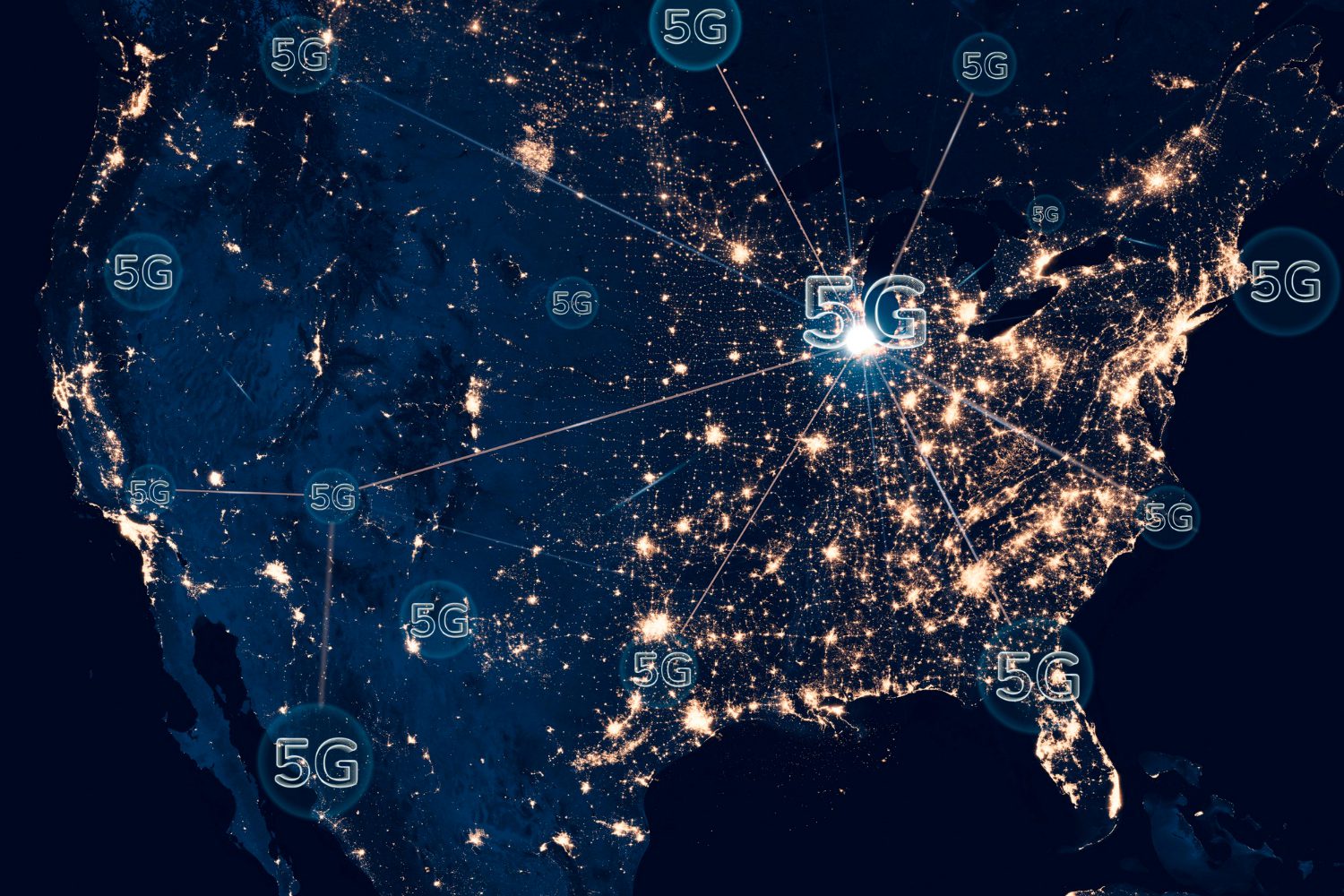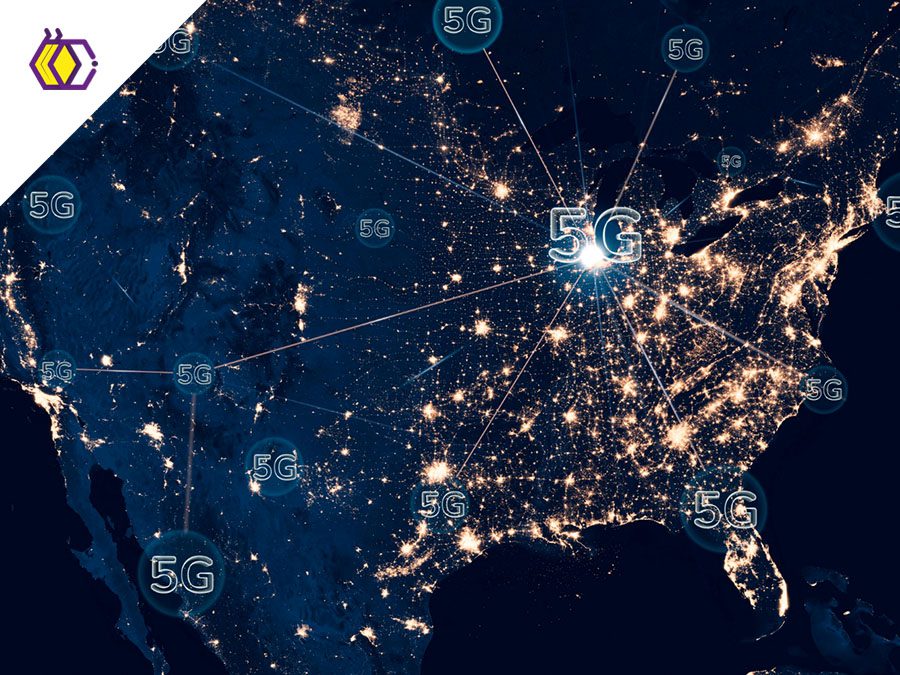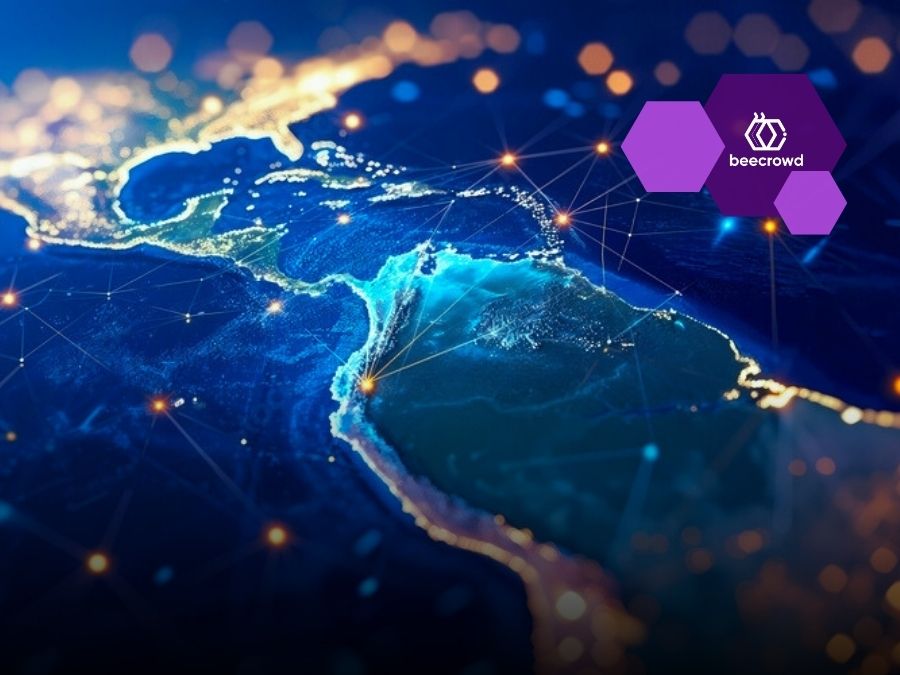

But after all, what is 5G?
Author: Roberto Wik
(7 minutes of reading time) 5G is the fifth-generation wireless technology. In 4G, we have for example video calls and audio messages, communicating with anyone anywhere in the world instantly. 4G came to people. And 5G doesn't. 5G came to change the lives of industries. It will be a revolution in the industries, bringing a high productivity gain and communicating the entire production chain. A discussion of 5G technology is really a discussion of delivering life-changing technologies through next-generation networks. 5G networks and services will be rolled out in stages over the next few years to accommodate the growing reliance on mobile and internet-enabled devices. Overall, 5G is expected to generate a variety of new applications, uses and business cases as the technology rolls out. THE EVOLUTION OF 5G Wireless networks are made up of cell sites divided into sectors that send data over radio waves. Fourth generation (4G) LTE (Long-Term Evolution) wireless technology provides the foundation for 5G (fifth generation). Unlike 4G, which requires large, high-powered cell towers to radiate signals over greater distances, 5G wireless signals are transmitted through large numbers of small cell stations located in places such as light poles or building roof tops. The use of multiple small cells is necessary because the millimeter wave (MM wave) spectrum, the spectrum range between 30 and 300 gigahertz (Ghz) that 5G depends on to generate high speeds, can only travel over short distances and is subject to interference from weather and physical obstacles such as buildings or trees. With 5G, data transmitted over wireless broadband connections can travel at multigigabit speeds, with potential peak speeds of up to 20 gigabits per second (Gbps) by some estimates. These speeds exceed wired network speeds and offer latency of 1 millisecond (ms) or less, which is useful for solutions that require real-time feedback. 5G will allow for a marked increase in the amount of data transmitted over wireless systems due to the greater available bandwidth and advanced antenna technology.


Previous generations of wireless technology used low-frequency spectrum bands. To offset the challenges related to distance and interference in MM waves, the wireless industry is also considering using a lower frequency spectrum for 5G networks so that network operators can use the spectrum they already have to build their new networks. The low frequency spectrum reaches greater distances but has less speed and capacity than the MM wave. WHAT ARE THE BENEFITS OF 5G? One of the most attractive points for the use of 5G is the benefits for different areas, such as telemedicine, education, agriculture, and transport. Part of the excellent performance of 5G over previous generations of mobile data is due to the very low latency of a few milliseconds. Among the applications for the common Internet user are the transfer and reception of data in real time, instant loading of videos in very high resolutions (such as 4k and 8k), uninterrupted online games, augmented reality, smart homes, among many others. With its high speed, low latency, and massive capacity, 5G can make drone delivery, cloud-connected traffic control and other applications reach their potential. From emergency response to global payments to top-notch gaming and entertainment, the possibilities are virtually limitless. In addition, the 5G network will be able to generate a more immersive experience, with the response time of commands practically zero, which means that pressing a button in the game will cause the action to be performed immediately. When it comes to e-Sports, for example, a millisecond makes all the difference in a decisive play that can lead to victory. 5G IN BRAZIL 145 years ago, on March 10, 1876, Scottish inventor Graham Bell made the first telephone call in history. Almost 150 years later, on March 9, 2021, a new history of telecommunications began in Brazil with the first video call using standalone 5G technology (pure 5G). In November 2021, the 5G auction was held, which ended with a balance of BRL 46.7 billion and five new telecommunications operators in Brazil in addition to the traditional ones. The telecommunications sector in Brazil, dominated today by giants such as Vivo, Claro and TIM (which won the main lots in the auction, linked to the 3.5 GHz frequency), also has large companies such as Algar Telecom and Sercomtel, which also won lots. New operators such as Grupo Brisanet, based in Ceará, Cloud2U belongs to Grupo Greatek, based in São José dos Campos, Winity Telecom, controlled by Pátria Investimentos, Consórcio 5G Sul and Neko Serviços also acquired lots to offer access to the 5G in several locations across the country. Summing up, 5G is not just an evolution, as we saw it happening from 2G to 3G and then to 4G. It is a completely new technological scenario that will open several possibilities in practically all segments of the economy, making it possible to create new products and services that will have a significant impact on our daily lives and business. Do you like our content? So, follow us on social media to stay on top of innovation and read our blog. References: https://bit.ly/3Cn1fkM https://bit.ly/3sGzCzI https://bit.ly/36X9l7T https://bit.ly/3MqUN0I https://vz.to/3pD5ROC


Author: Roberto Wik is a business executive, a management, digital transformation and technology consultant, entrepreneur and investor. (linkedin.com/in/roberto-wik)
Share this article on your social networks:
Rate this article:
[yasr_visitor_votes size=”medium”]



